Notes
Growing Old in Prison
I’ve been looking in pain at Andrew Burton’s photo story about growing old in prison. Most telling are the hospice photos. If you didn’t know the context, you wouldn’t know these men were inmates or that the images had anything to do with the penal system. And that’s commentary enough on this self-perpetuating industry (and 3 strikes, and mandatory sentences for non-violent offenders, and draconian drug policy, and short-shrift for rehab) right there.
What strikes me about this photo of the 75 year old pseudonymous “Nathan Brown,” standing in the middle of this cell block, is how he’s the object of attention. Certainly, their attention is directed at Mr. Burton, or the scene of Burton photographing Brown. Another way to read it, however, is that these men (some, still thousands of chess games away) are looking at their future.
What caught my eye in this “parking area” for the walkers of California’s incarcerated aged (you can click it much larger) are actually the pictures on the wall. Ironically, these caricatures of American Indians seem to operate like a stepladder descending down to the ambulatory devices of another class of dispossessed Americans (compared to the overall population, overwhelmingly black and brown).
Finally, the saddest subject in the series is Mr. Fuller, a former Vietnam vet and the vision of Father Time. (The presence of the cane is also a reminder of how much or little a threat he is.)
And then, a question about the pain just to look at these scenes. If the story makes you more sad or touched than troubled yourself by the institutionalization of the prison industrial complex, is it doing its job?
The photos are published in different numbers and places, some in black-and-white and some in color. MSNBC has a 22 photo slideshow.
(photos: Andrew Burton for Getty Images. caption 1 Jim Robelen, 76, a hospice patient diagnosed with terminal pulmonary fibrosis, watches television in the morning in the hospice-care wing of California Medical Facility in December. Mr. Robelen has been in prison since 1994 after being convicted of murder; he has been at CMF since 2011, and in the hospice care wing since October. caption 2: Walkers sit in a corner of the hospice-care wing at California Medical Facility in December. caption 3: Nathan Brown (his real name has been changed at the request of the RIDC), a prisoner at Rhode Island’s John J. Moran Medium Security Prison, walks through his cell block, Dec. 10, 2013. Brown is 75 years old and is serving 55 consecutive years for first degree sexual assault; he arrived in prison in 1992. Brown denies he committed the crime for which he was convicted and refuses to go through a sexual rehabilitation program necessary to be eligible for parole. However, he does admit to serving time in jail prior to his current conviction for assault and weapons possessions. Brown is a trained carpenter, enjoys working in the prison library and also works in the prison’s laundry facility. He is also blind in one eye, suffers from arthritis, and has had numerous knee surgeries. caption 4: Frank Fuller, age 66, stands alone in the prison yard during free time after breakfast at California Men’s Colony prison on December 19, 2013 in San Luis Obispo, California. Fuller is helped through his daily life by the Gold Coats program, a volunteer care program where healthy prisoners care for elderly prisoners who either need general assistance with mobility and every day life or who also struggle with Alzheimer’s and dementia. The program, the first of it’s kind in the country, has existed for approximately 25 years. Fuller is serving a 35-years-to-life sentence; he has been incarcerated since 1990. He has been in the Gold Coats program for over six years. He says he is serving time for the murder of his third wife, who he says he shot with a rifle in a drunken rage after learning she had been having an affair with another man. He has been diagnosed with Post Traumatic Stress Disorder from serving five years in the Navy in the Vietnam War; he also has Hepatitis C. Fuller, who took shrapnel in his legs from a mortar round, says he held many different positions while fighting in Vietnam, including being a machine gunner; he says he still suffers occasional flash backs. He says has served one other sentence for murdering a man with a .45 caliber gun in a fight. Between Vietnam and prison, he says he worked in the oil fields and in manufacturing. )
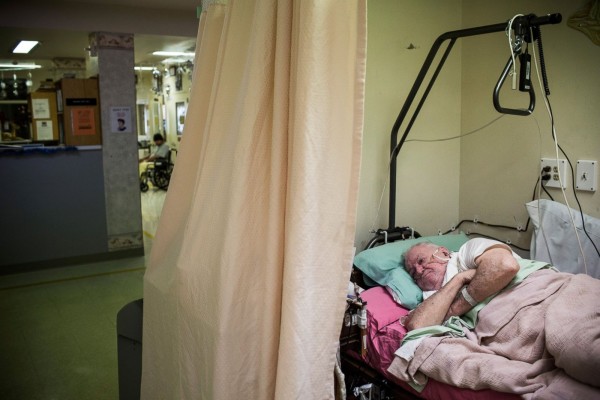
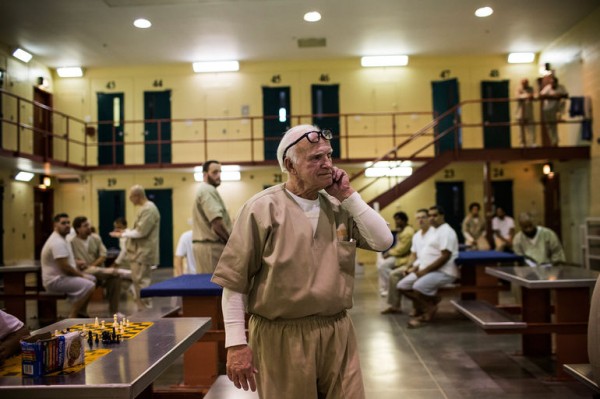
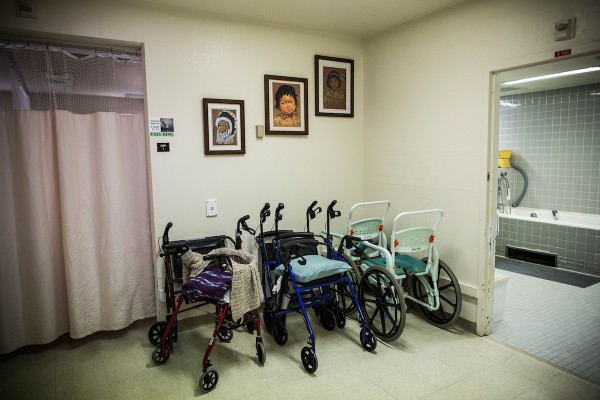
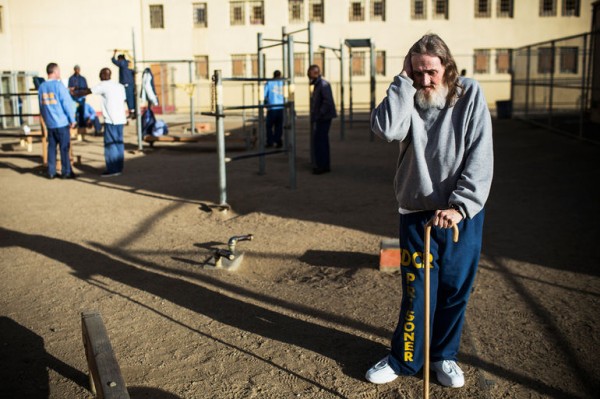
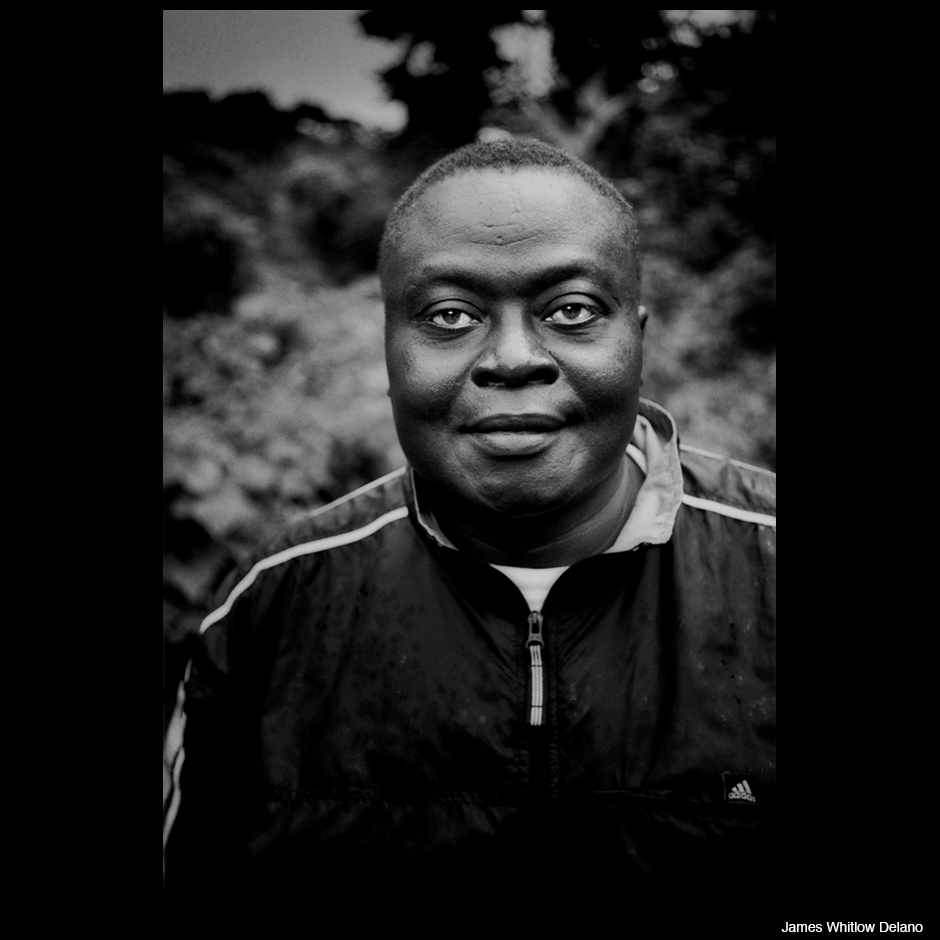

Reactions
Comments Powered by Disqus